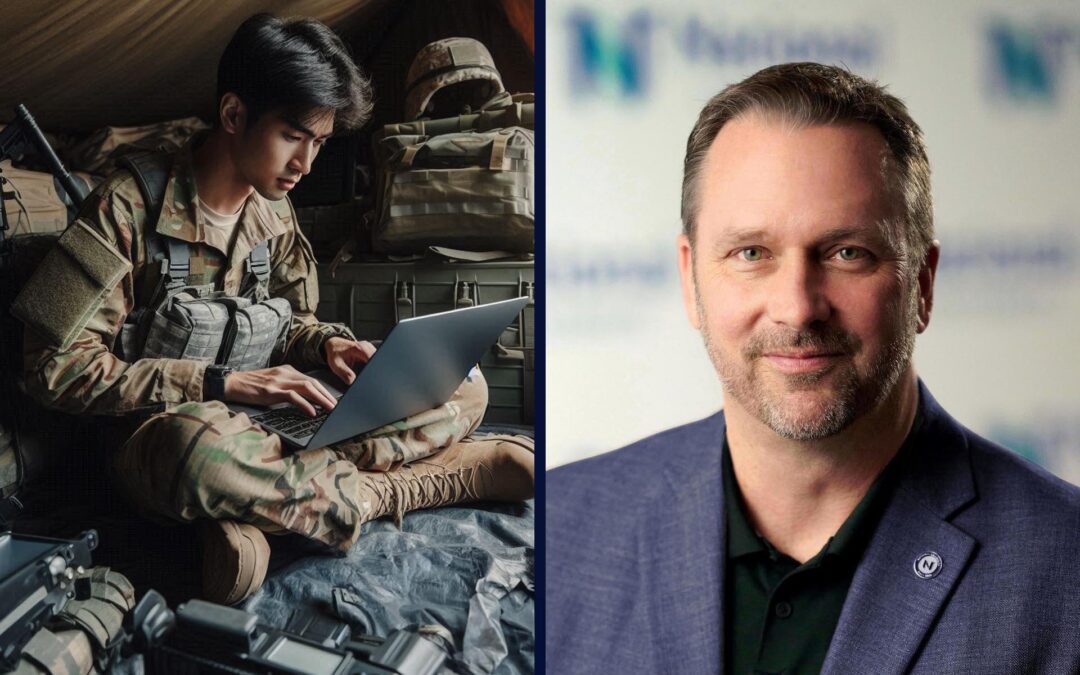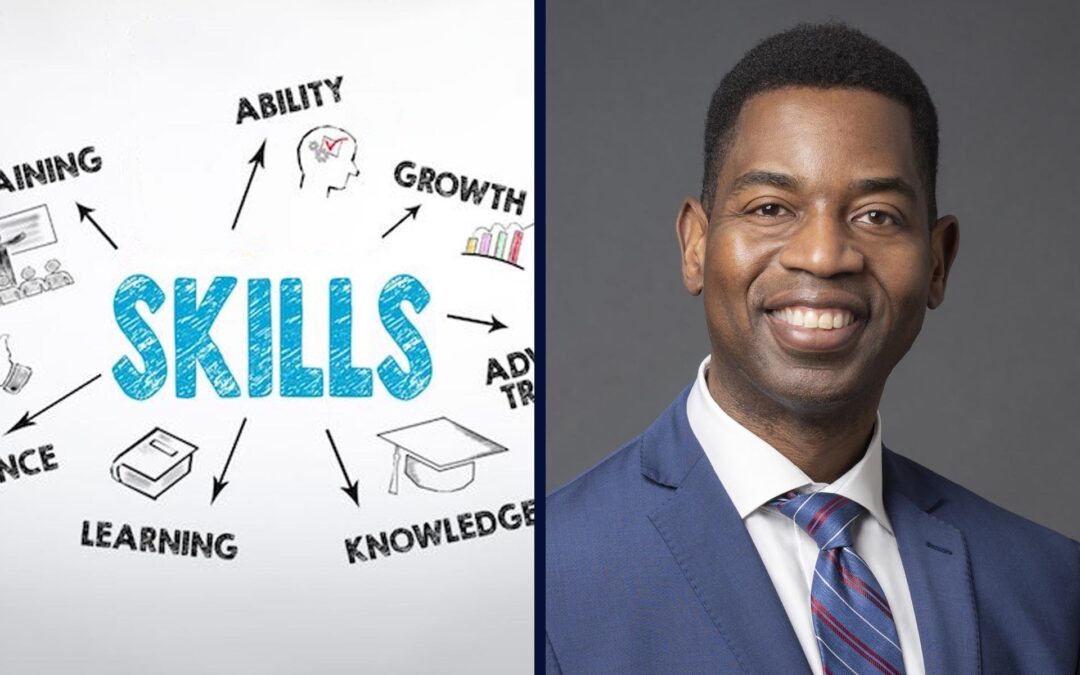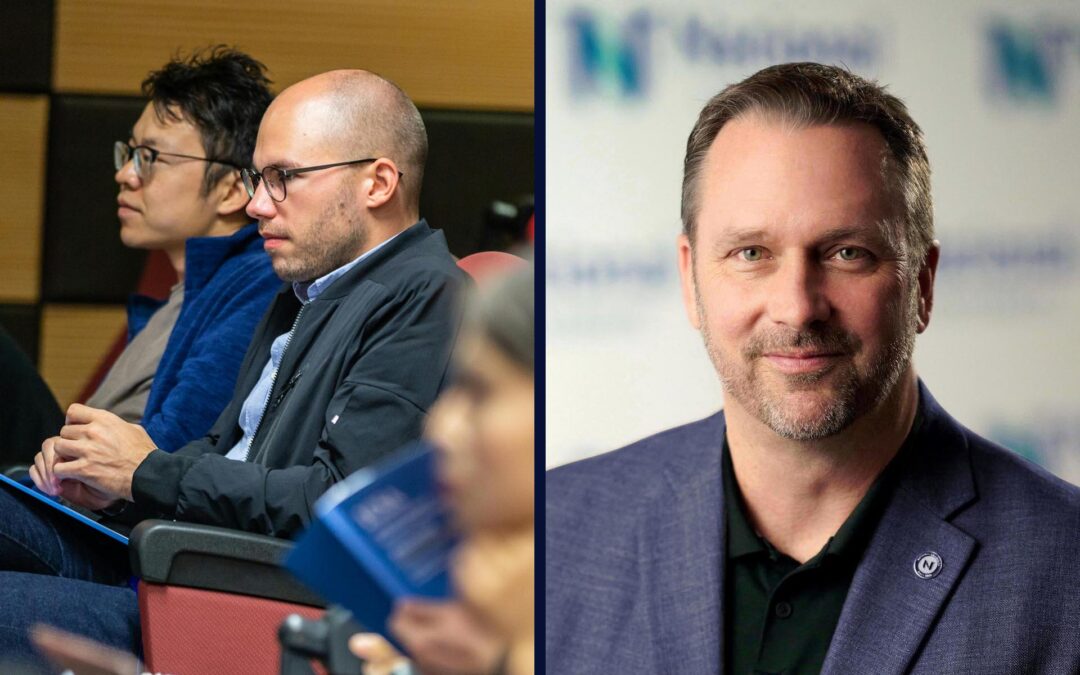
Why Improving Educational Benefits Is a Good Deal for the Military and Service Members
By Dr. Mark D. Milliron, National University
The nation’s population of college students is evolving rapidly, reflecting a broader spectrum of life experiences and responsibilities. Today’s learners are not only pursuing their degrees but are also balancing roles as parents, caregivers, and dedicated professionals. This shift is particularly evident in the growing number of military-affiliated students who are bringing their unique perspectives and experiences to higher education.
At National University, where I serve as president, about one-fourth of our entire student body is military-affiliated, as are half of all National University undergraduate students. These learners are integrating their service backgrounds into their educational pursuits and enriching the campus environment in the process. Our institution was founded in 1971 by retired U.S. Navy Capt. Dr. David Chigos, who saw a need for more educational opportunities that support deployed soldiers and Veterans. Today, National University remains a top educator of the U.S. military.
Military educational benefits, especially tuition assistance, can be a powerful force that ensures Veterans can succeed in civilian life and infuse the nation’s workforce with a steady supply of experienced and disciplined talent. Yet for many military-affiliated students, military benefits are no longer such a good deal, as the buying power of military tuition assistance has diminished rapidly. Few military members are taking advantage of the program. And according to a recent report from Rand Corp., military transition programs aren’t living up to their promise of helping service members translate their military skills and experience to the civilian labor force.
Higher education should serve as a crucial bridge between military service and civilian employment. The United States has an obligation to support military members during and after their service. Enhancing and expanding the utilization of current tuition assistance programs can help service members gain more skills for their current roles and prepare them for their civilian careers.
For years education benefits have ranked among the top reasons for joining the military. But the Department of Defense’s Tuition Assistance program that provides financial aid to active-duty service members is capped at $250 per credit hour and at $4,500 per year. At that rate, a service member who relies solely on program support would need seven years to earn an associate’s degree. And while college tuition and fees have risen dramatically in recent years, the program’s annual cap has not been increased since its inception in 2001.
Tuition assistance programs should provide enough funding so service members can earn a credential in a timely manner. Raising the cap to reflect the true cost of higher education is a simple and long-overdue fix.
Current funding levels for military education benefits are creating challenges for both service members and the institutions that serve them. Participation in the tuition assistance program has grown less cost-effective over time; indeed, a growing number of institutions are opting out because they no longer have the resources to sustain their support for active-duty service members. More ominously, the Army might follow the lead of other branches, which cut education benefits during and after the COVID-19 pandemic.
Lawmakers should increase funding to the Defense Department’s education benefits so it can serve current students more effectively and encourage more service members to participate. Even a significant increase in tuition assistance would constitute just a small fraction of the Defense Department’s overall $850 billion budget request.
Finally, a 2017 Rand study found something surprising: Less than a quarter of new recruits were aware of the education benefits available to them. In addition, only about 20% of service members currently use tuition assistance.
As the tuition assistance program is modernized and improved, military leaders, policymakers and postsecondary institutions must ensure that more recruits and service members learn about this program and are motivated by the educational opportunities the military can provide.
To deal effectively with escalating global tensions, the U.S. must redouble its efforts to build and maintain a capable military. Improving tuition assistance and other education benefits can help our armed forces maneuver through a challenging recruitment landscape and invest in the futures of our service members.





Recent Comments